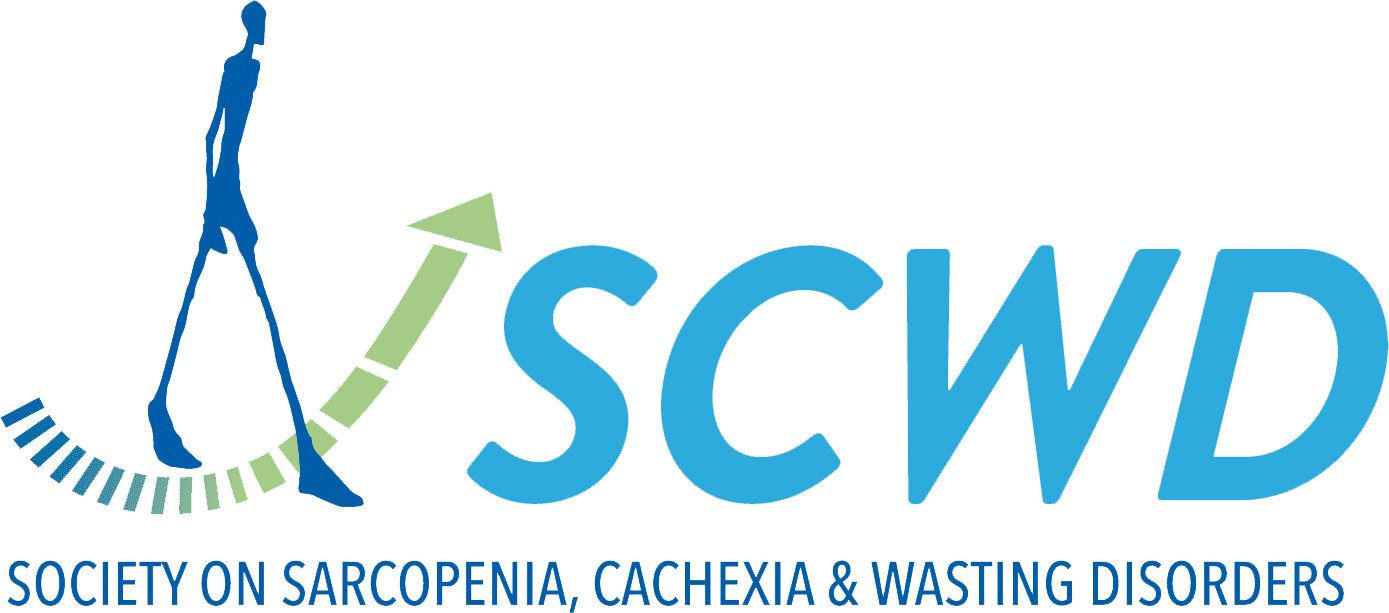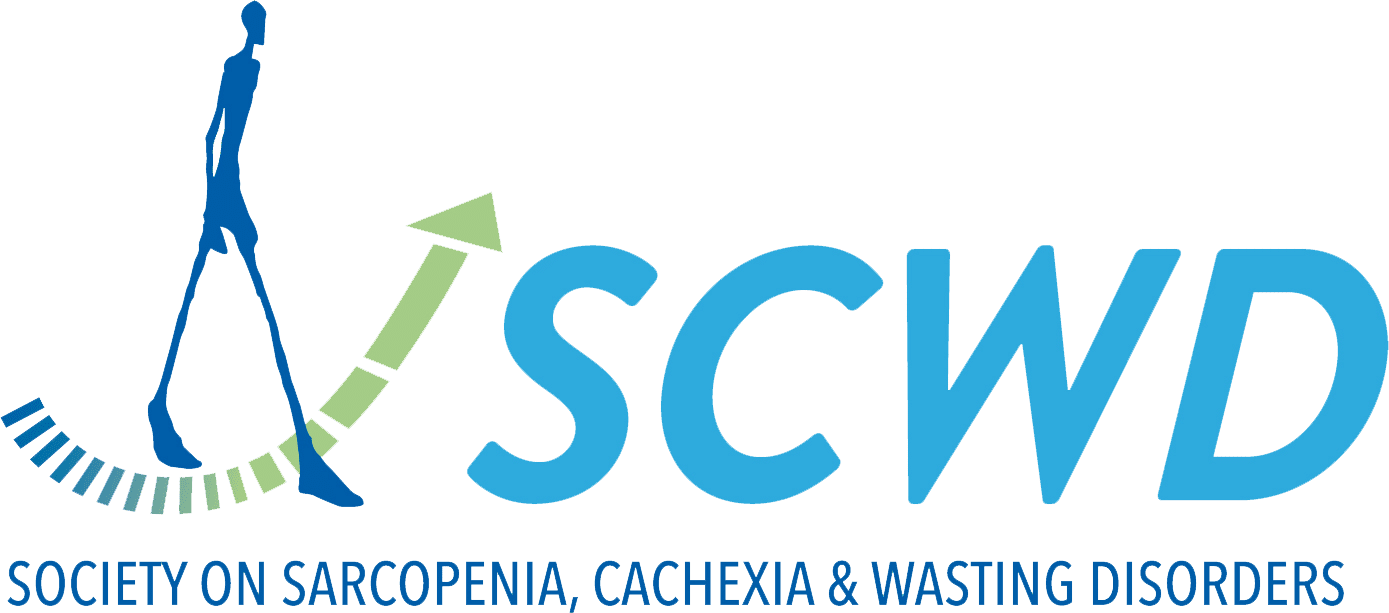Emerging basic science concepts in geriatric fracture fixation and patient recovery.
In recent history, human life expectancy has increased significantly, resulting in a high burden of late-life morbidity and geriatric fractures. Changes to the body as a result of aging, such as degeneration of the bone marrow, osteoblast apoptosis, and a...


